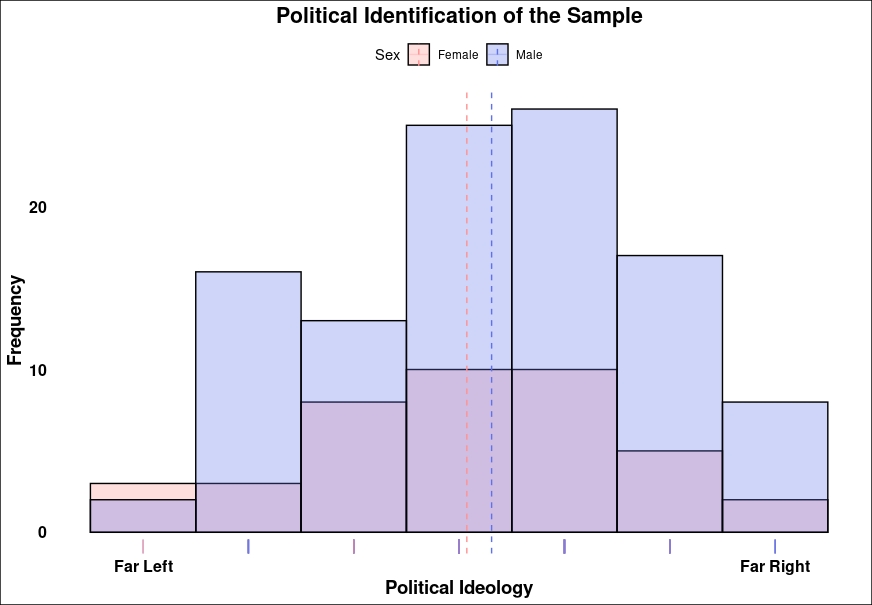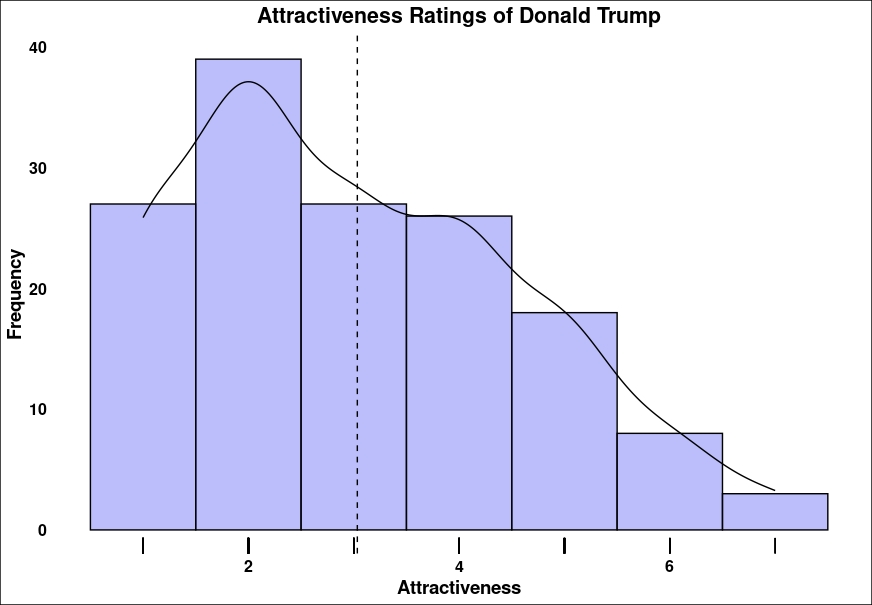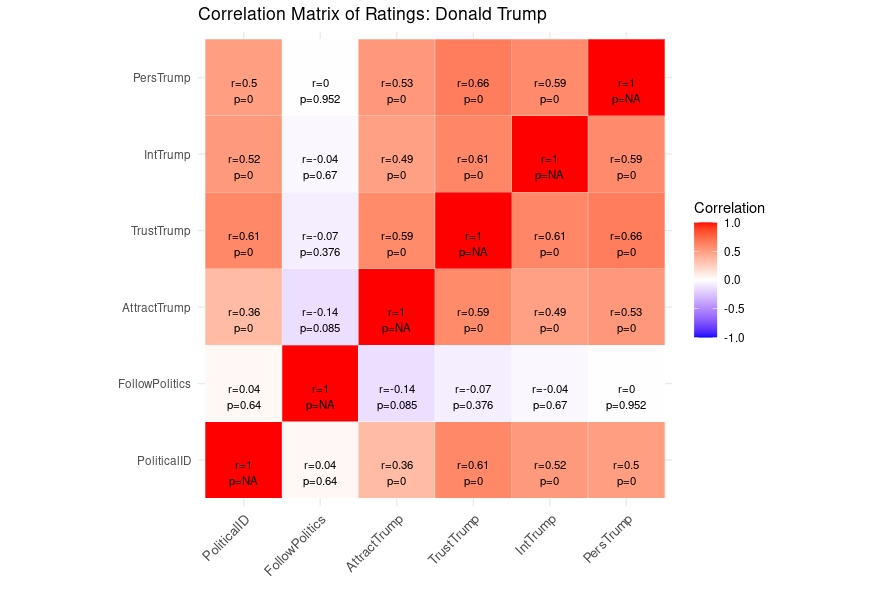Enjoy DatePsychology? Consider subscribing at Patreon to support the project.
Explaining the Halo Effect
The halo effect occurs when we make positive assessments of a person’s traits based on former positive perceptions of that same individual. This is most often studied in the context of physical attractiveness. We tend to rate individuals who are more physically attractive as having better personality traits. Given this, the halo effect has also been described as the “what is beautiful is good” effect, based on the seminal paper of the same title published by Dion et al. in 1972.
A lot has fallen to the replication crisis in psychology, but the halo effect has not. Fifty years of research and it remains a robust effect. For meta-analyses see Eagly et al. (1991) and Langlois et al (2000). For a recent systematic review see Noor et al. (2023).
The halo effect is not exclusive to physical attractiveness. Back in 1920 Edward Thorrndike found that positive ratings across personality traits and abilities also correlated and coined the term halo effect. For example, if an employee was assessed as more competent, he might also be assessed as having a better sense of humor. Physique and health were correlated with positive perceptions of ability and personality. Desirable behavioral traits were also found to be correlated with one another.
The halo effect also applies to objects. This is well understood and regularly applied in marketing: generating positive perceptions of one aspect of a product make consumers perceive the product as better on unrelated dimensions. For example, when a beloved brand sponsors a product people perceive that product more favorably (Vance et al., 2016). Halo effects are so strong in marketing that they may explain as much as 50% of the variance in preferences for products (Nicolau et al., 2020).
Knowing this, it should not come as a surprise that the halo effect is bidirectional: what is good is beautiful, but what is beautiful is also good. Most recently, Hansson et al. (2024) recently found a bidirectional effect for prosocial behavior and physical attractiveness. (For neuroscientific findings on the bidirectional nature of the halo effect, see also: The Neuroscience of Facial Attractiveness). We like persons, places, and things more when they are aesthetically attractive — but we also perceive persons, places, and things as more aesthetically attractive when we first see them as good.
A final note on the halo effect: it has often been presented as a cognitive bias that will mislead you. Indeed, when Thorndike (1920) first observed that supervisor assessments of traits like loyalty and leadership were correlated he assumed that this was an inaccuracy. We now know that traits like loyalty and leadership in business settings are objectively correlated; it is not merely an effect of perception. This, too, is true for desirable physical and interpersonal traits (Conroy-Beam et al., 2019). Positive traits covary within individuals, an outcome produced by assortative mating for desirable traits. Do you remember the study at the beginning of this introduction that found prosocial behavior was associated with perceptions of physical attractiveness (Hansson, 2024)? It turns out that prosocial behavior is also associated with objective attractiveness: in three large, nationally representative datasets (NSHAP, ADD Health, and WLS) individuals who were rated as more attractive by third-party observers were also more likely to engage in charity or giving behavior (Konrath & Handy, 2021).
In other words, the halo effect is not merely an illusion nor an inaccurate cognitive bias. Some of what has been described as a cognitive bias in the literature is also heuristic decision making that is functional and adaptive (Tversky & Kahneman, 1974; Gigerenzer & Gaissmaier, 2011). Imprecise these judgements may be, they can still reflect accuracy in perceptions of trends or populations. Stereotype accuracy is one example of this: our stereotypes are often true when assessing the direction of average differences between groups (Jussim et al., 2015).
The Halo Effect, Politics, and Voting
Given that physical attractiveness shapes perceptions of practically everything else in a positive direction (with some exceptions), an obvious question and line of research is how physical attractiveness influences perceptions of political candidates. Below is a model from Verhulst et al. (2010):

The model above shows how attractiveness has both direct and indirect effects upon real-world voting behavior. Attractive candidates are perceived as more competent — and physical attractiveness independent of competence also makes candidates more desirable to voters. This carries over from voting preferences to real-world wins, too: more attractive candidates are more likely to win elections (Jäckle & Metz, 2017).
Research on attractiveness and voting also shows how the halo effect operates in reverse: political partisans rate politicians from the opposite team lower in physical attractiveness and rate politicians on their own team higher in physical attractiveness (Nicholson et al., 2016).
We are also more likely to attribute our own political beliefs to a candidate (who may not really hold those beliefs) when we find a candidate more attractive (Hermann & Shikano, 2016). Beauty makes us perceive politicians as good, goodness makes politicians seem hotter, and we will make up our own beliefs about how good a politician is based on how they look!
Methods
Intending to conceptually replicate effects described above (halo effects and partisan biases, e.g. Nicholson et al., 2016), I collected a convenience sample (N = 148, 27.7% Female) from social media.
Political ideology and familiarity were assessed on a single-item 7-point Likert scale. Participants selected Republican, Independent, Democrat, or Non-US/Other for party identification. For voting intention, participants selected Donald Trump, Joe Biden, or Neither/None/Other/Non-US.
Three photographs of each candidate were displayed for Donald Trump and Joe Biden. Participants were instructed that they did not need to rely exclusively on the photographs for assessment of attractiveness, but could make their own assessments of physical attractiveness based on past experience viewing the two politicians. Participants rated the politicians on single-item 7-point Likert scales for physical attractiveness, trustworthiness, intelligence, and agreement with the question, “I think Joe Biden (or Donald Trump) has a good personality.”
Results
Descriptive Statistics
Of all participants, 22.3% reported affiliation with the Democratic Party, 18.2% reported affiliation with the Republican Party, 20.3% were Independent and 39.2 selected “Non-US/Other” for party identification. For voting intention, 33.1% indicated an intent to vote for Biden, 48.7% for Trump, and 18.2% selected “Neither/None/Other/Non-US.” Figure 1 shows left-right political identification split by sex. This sex difference was not statistically significant (p = 0.408).

Tables 1, 2, and 3 show ratings of Biden and Trump traits by voting intention, party identification, and sex respectively. Biden voters rated Trump significantly higher on all traits while Trump voters rated Trump higher on all traits.



On physical attractiveness, men rated Trump as more attractive than women did (t(70.33) = 3.38, p = .001) while there was no sex difference in attractiveness ratings of Biden (t(67.05) = 1.04, p = .301). There was no significant difference in female ratings for Trump when compared with Biden (t(79.36) = −0.96, p = .339) nor did males rate Trump and Biden significantly differently (t(207.61) = 1.94, p = .053).
Figure 2 shows attractiveness ratings of Trump and Biden for the whole sample (be cautious in observing that the X-axes are not the same; Biden did not receive any maximum ratings). There was no significant difference in attractiveness ratings for Trump (M = 3) and Biden (M = 2.9) (t(286.42) = 1.07, p = .284).


Correlation Matrices of Personality Traits and Attractiveness
Correlation matrices below (Figure 3) show the relationships between ratings of physical attractiveness, trustworthiness, intelligence, having a good personality, familiarity with US American politics, and left-right political identification.


For Donald Trump, significant positive correlations emerged between all variables except for familiarity with US American politics. Familiarity with US American politics was not significantly associated with any of the other variables.
Similarly for Joe Biden, familiarity with US American politics was not significantly associated with any other variables. Political identification was not significantly rated with physical attractiveness for Biden, but trustworthiness, intelligence, and having a good personality all significantly predicted attractiveness ratings for Biden.
Multiple Regression
A stepwise regression was performed on the physical attractiveness ratings of each politician with political identification, trustworthiness, intelligence, personality, and sex as variables.
For Trump, trustworthiness, the perception of having a good personality, and male sex provided the best model (F(3,144) = 35.75, p <.001). These three variables explained approximately 43% of the variance in physical attractiveness ratings of Trump.
For Biden, political identification and trustworthiness provided the best model (F(2,145) = 15.11, p <.001). These variables explained approximately 17% of the variance in attractiveness ratings of Biden.
Pre and Post-Debate Ratings
This survey was administered on the morning before the big Trump-Biden debate of June 2024 and closed the evening the next day, so it is possible we might have seen an effect of debate performance (HT to Tim Kaiser, @tkaiser_science for suggesting this on X/Twitter).
However, there were no changes in attractiveness ratings for Trump (M = 3.05 Pre; M = 3.00 Post; t(91.67) = 0.18, p = .859) or Biden (M = 2.82 Pre; M = 2.93 Post; t(84.11) = −0.49, p =.624) between pre and post-debate survey responses.
Discussion
It seems pretty easy to replicate partisan halo effects. They are not subtle — everyone thinks that the guy on their own team is more trustworthy, intelligent, has a better personality, and is more attractive, too.
The important takeaway is not this, but that the halo effect is bidirectional. Neither Donald Trump nor Joe Biden are conventionally attractive; both received low ratings from most participants. They probably didn’t get rated as more trustworthy, intelligent, or as having a better personality because they are male models. Rather, they received higher attractiveness ratings by participants who already liked them for reasons apart from how they looked.
I didn’t find a shift in attractiveness ratings for Trump or Biden pre and post-debate. This could be due to the relatively small sample, although the differences in means was quite small to indicate a shift at all. I don’t even know if participants saw the debate at all, so we can’t rule out that it might have had an effect. It was a good idea though; future research could examine how debate performance might shift perceptions of attractiveness.
References
Conroy-Beam, D., Roney, J. R., Lukaszewski, A. W., Buss, D. M., Asao, K., Sorokowska, A., … & Zupančič, M. (2019). Assortative mating and the evolution of desirability covariation. Evolution and Human Behavior, 40(5), 479-491.
Dion, K., Berscheid, E., & Walster, E. (1972). What is beautiful is good. Journal of personality and social psychology, 24(3), 285.
Eagly, A. H., Ashmore, R. D., Makhijani, M. G., & Longo, L. C. (1991). What is beautiful is good, but…: A meta-analytic review of research on the physical attractiveness stereotype. Psychological bulletin, 110(1), 109.
Gigerenzer, G., & Gaissmaier, W. (2011). Heuristic decision making. Annual review of psychology, 62(1), 451-482.
Hansson, K., Habibnia, H., Goetze, M., & Fiedler, S. (2024). The beauty of prosocial behavior: The bi-directional link between attractiveness and prosocial behavior. Journal of Economic Behavior & Organization, 219, 305-317.
Herrmann, M., & Shikano, S. (2016). Attractiveness and Facial Competence Bias Face‐Based Inferences of Candidate Ideology. Political Psychology, 37(3), 401-417.
Jäckle, S., & Metz, T. (2017). Beauty contest revisited: The effects of perceived attractiveness, competence, and likability on the electoral success of German MPs. Politics & Policy, 45(4), 495-534.
Jussim, L., Crawford, J. T., Anglin, S. M., Chambers, J. R., Stevens, S. T., & Cohen, F. (2015). Stereotype accuracy: One of the largest and most replicable effects in all of social psychology. In Handbook of prejudice, stereotyping, and discrimination (pp. 31-63). Psychology Press.
Konrath, S., & Handy, F. (2021). The good-looking giver effect: The relationship between doing good and looking good. Nonprofit and Voluntary Sector Quarterly, 50(2), 283-311.
Langlois, J. H., Kalakanis, L., Rubenstein, A. J., Larson, A., Hallam, M., & Smoot, M. (2000). Maxims or myths of beauty? A meta-analytic and theoretical review. Psychological bulletin, 126(3), 390.
Nicholson, S. P., Coe, C. M., Emory, J., & Song, A. V. (2016). The politics of beauty: The effects of partisan bias on physical attractiveness. Political Behavior, 38, 883-898.
Nicolau, J. L., Mellinas, J. P., & Martín-Fuentes, E. (2020). The halo effect: A longitudinal approach. Annals of Tourism Research, 83, 102938.
Noor, N., Beram, S., Yuet, F. K. C., Gengatharan, K., & Rasidi, M. S. M. (2023). Bias, Halo Effect and Horn Effect: A Systematic Literature.
Thorndike, E. L. (1920). A constant error in psychological ratings. Journal of applied psychology, 4(1), 25-29.
Tversky, A., & Kahneman, D. (1974). Judgment under Uncertainty: Heuristics and Biases: Biases in judgments reveal some heuristics of thinking under uncertainty. science, 185(4157), 1124-1131.
Vance, L., Raciti, M. M., & Lawley, M. (2016). Beyond brand exposure: Measuring the sponsorship halo effect. Measuring Business Excellence, 20(3), 1-14.
Verhulst, B., Lodge, M., & Lavine, H. (2010). The attractiveness halo: Why some candidates are perceived more favorably than others. Journal of nonverbal behavior, 34, 111-117.